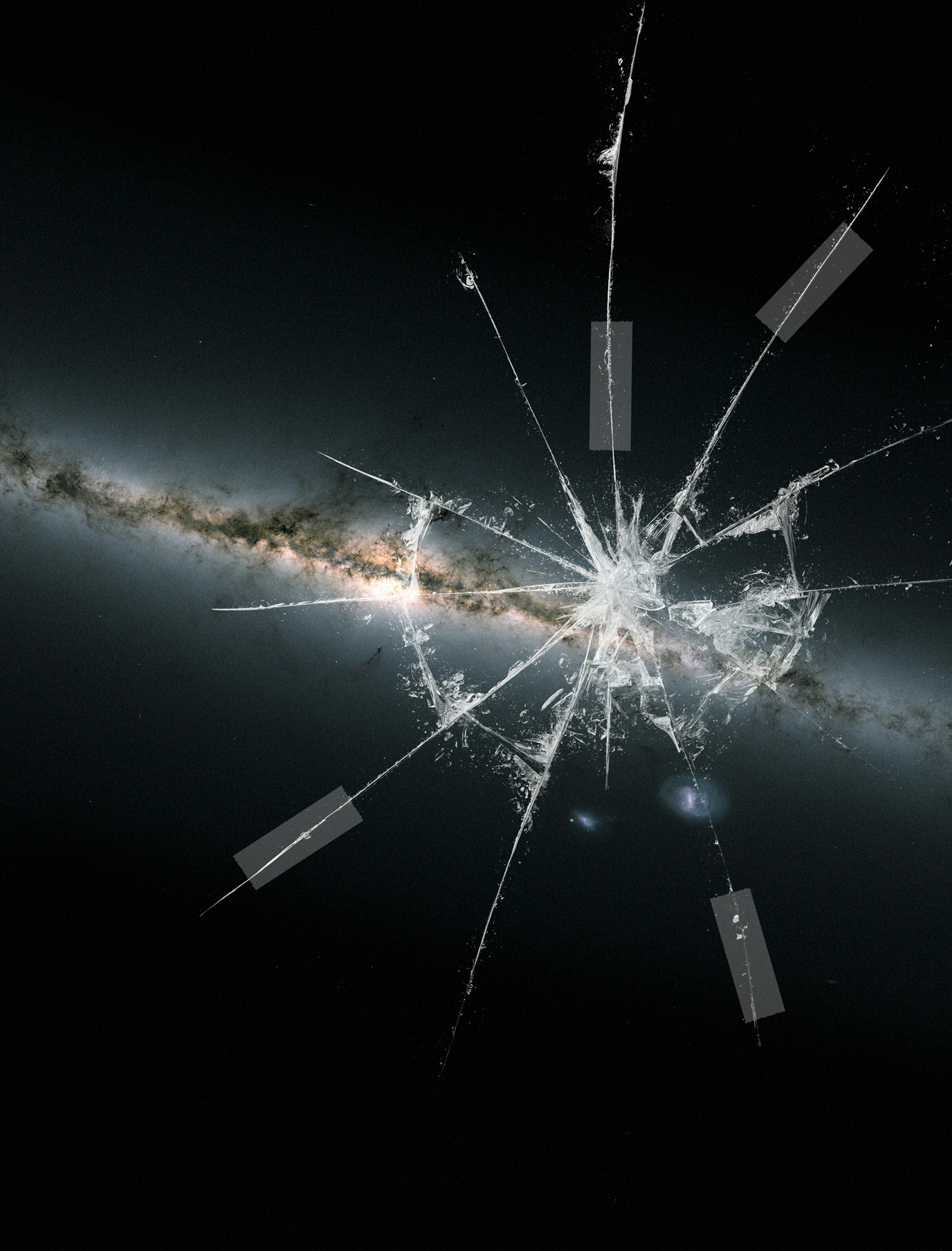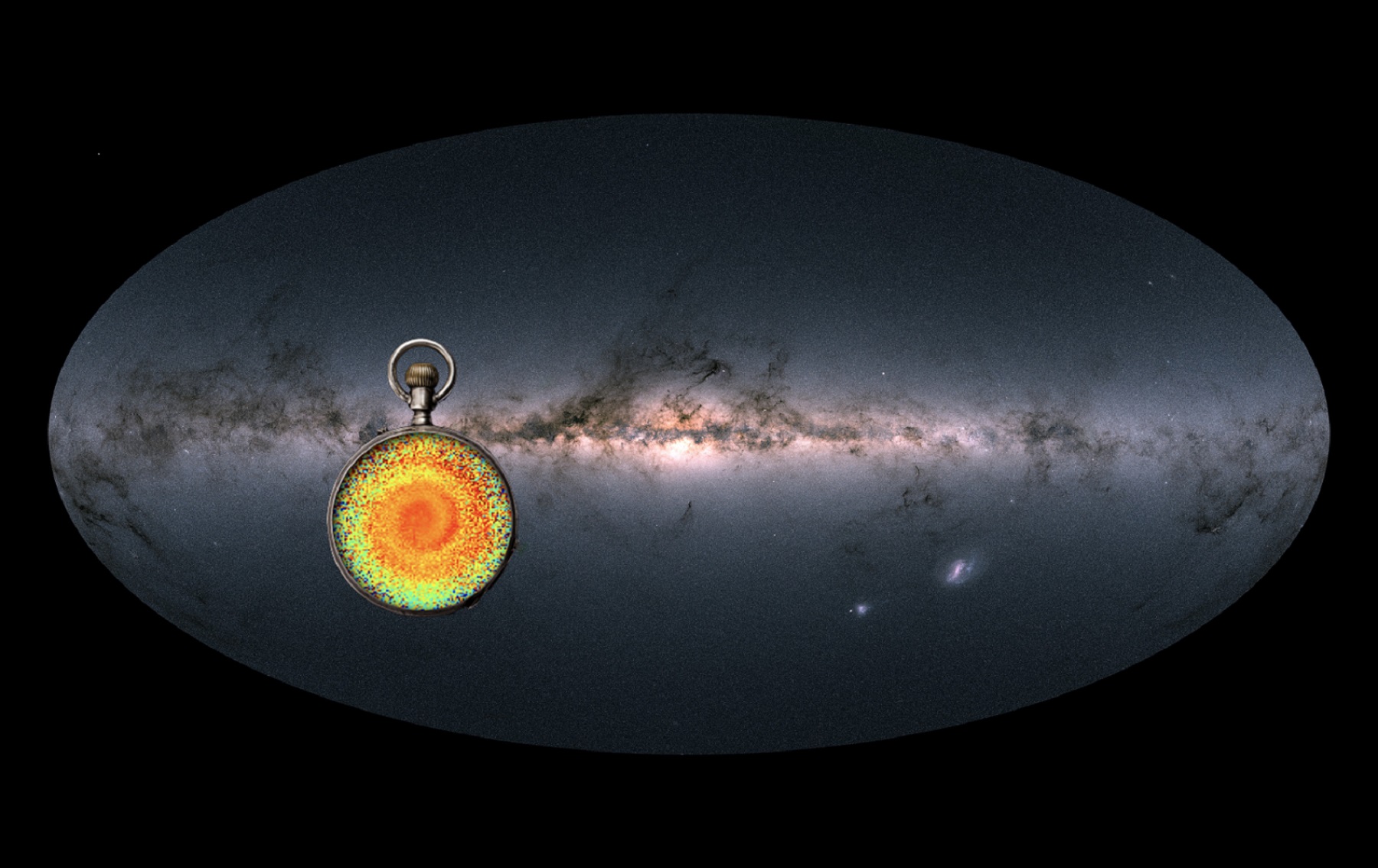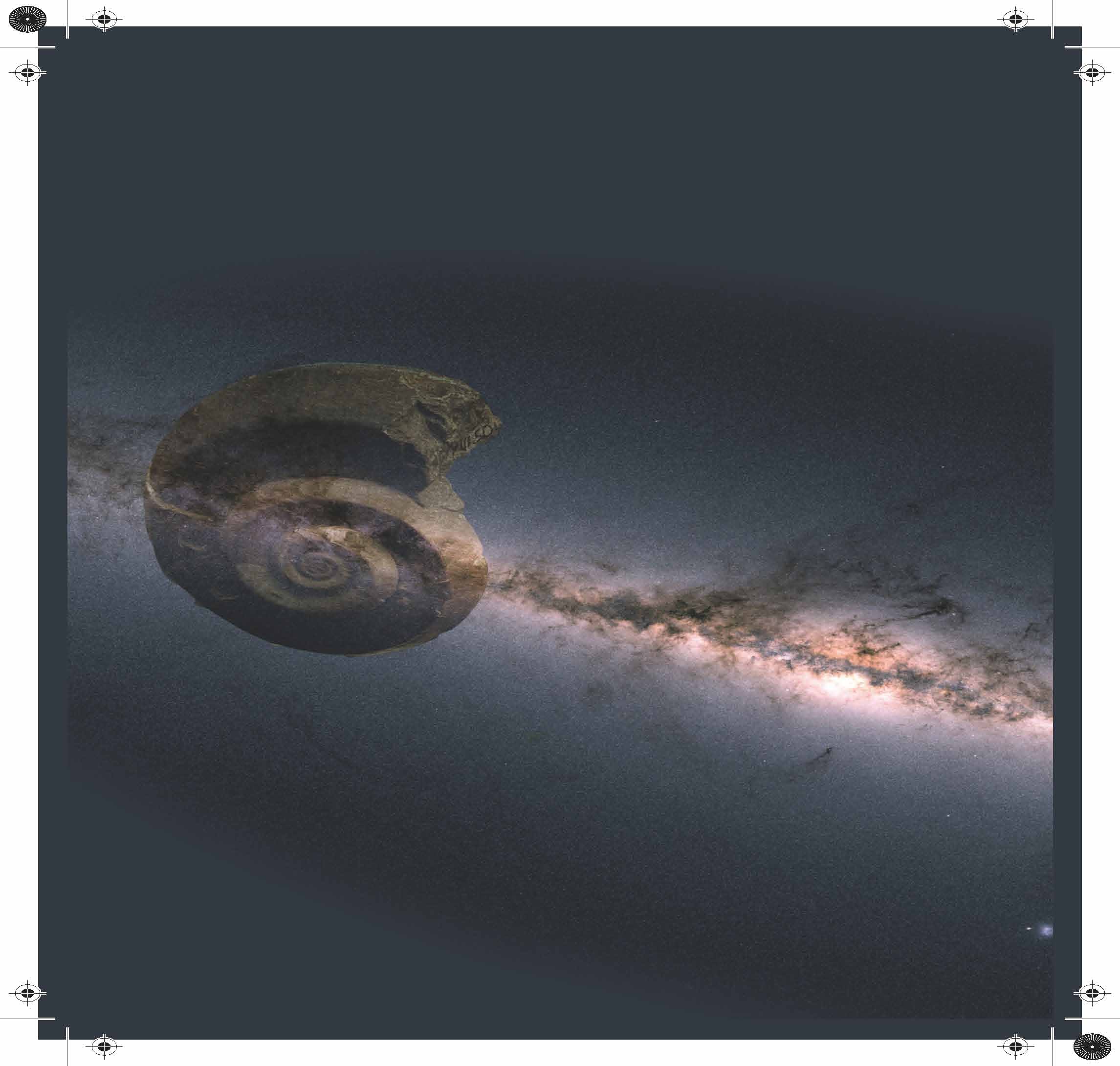Small galaxy caused ‘snail shell’ structure in our part of the Milky Way
The passage of a small galaxy, some 500 million years ago, has seriously disrupted the trajectories of stars in the neighborhood of the sun. This surprising finding shows that external influences on the Milky Way are much more important to its current shape than astronomers had assumed. ‘We will have to find a way to accommodate this in our models of galaxy evolution’, says University of Groningen astronomer Amina Helmi. Together with astronomers from the university of Barcelona, she led the publication of these findings in the journal Nature on 20 September.

‘The disk structure in the vicinity of the Sun has shifted, something gave it a real kick’, says Helmi. She points at data on the location and movement of millions of stars, obtained by the European Gaia satellite. When she plotted the trajectories, a snail shell structure appeared. Basically, a large portion of the stars are no longer circling in the plane of the galactic disc, but are spiraling upwards.
Sagittarius
‘A similar structure has never before been seen’, says Teresa Antoja, from the Universitat de Barcelona and lead author of the article . Based on the shape of the snail shell, she could estimate when the ‘kick’ had taken place: between 300 and 900 million years ago, probably around 500 million years. This coincides with a near passage of the Sagittarius dwarf galaxy, that is currently on course to be absorbed by the Milky Way within the next 500 million years.
The big surprise is the impact the passage has had. Helmi: ‘Up until now, we believed that these kind of perturbations would be very small.’ Sagittarius has only 1/10,000 of the mass of the Milky Way. ‘We have always studied the dynamics of the Milky Way without taking external influences into account, as if a galaxy is an island universe of its own. That turns out to be wrong.’
Gaia missions
This discovery was made using the data of the Gaia missions second data release, earlier this year. The satellite from the European Space Agency has produced accurate measurements of the position and movement of 1.7 billion stars in and near the Milky Way. Structures like the snail shell appeared during the verification of the data, in which Helmi was involved. ‘We didn’t understand what caused it so we checked it, to see if it wasn’t an error in the data processing.’
Now that it is clear that the snail shell is real, and caused by an external influence on the Milky Way, astronomers have to find a way to account for such perturbations. ‘We will have to find a way to accommodate this in our models of galaxy evolution’, concludes Helmi. ‘I am not quite sure how we will do this, but that is something to explore in the coming months.’



More news
-
15 September 2025
Successful visit to the UG by Rector of Institut Teknologi Bandung
